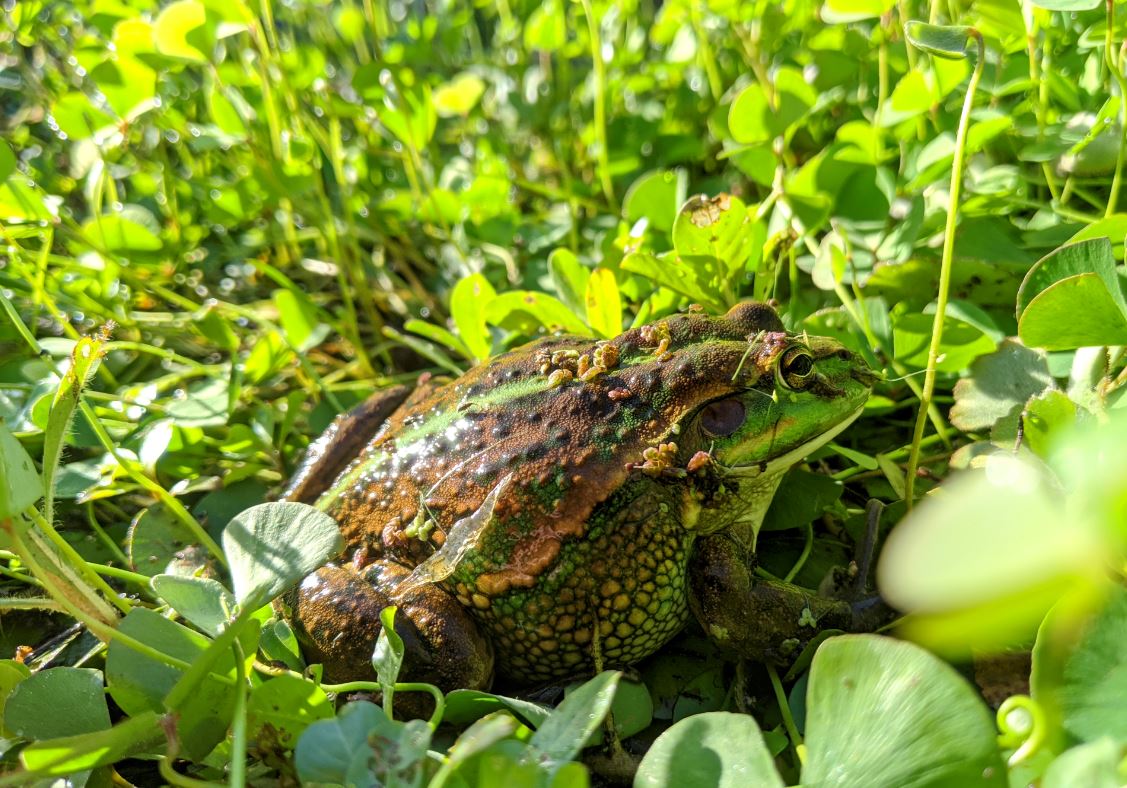Earth Day calls for urgent action to save world’s amphibians
A NEW STUDY is highlighting global shortfalls in amphibian conservation, accentuated in the climate action theme of Earth Day 2020, which celebrates its 50th year on April 22.
The research paper, Manipulating water for amphibian conservation by R. Mathwin, S. Wassens, J. Young, Q. Ye and CJA Bradshaw, was published online at Conservation Biology and highlights the plight of some of the world’s most vulnerable creatures.
According to Australia’s Flinders University researchers, more than birds and most mammals, amphibians such as frogs, salamander, worm-like caecilians, anurans and others are on the front line of extinction in a hotter, dryer climate. This especially concerns Australia, where wetlands and environmental water flows are under pressure and facing inadequate management, according to Flinders University researchers. 
“Amphibian populations are in decline globally, with water resource use dramatically changing surface water hydrology and distribution,” Flinders University freshwater ecologist Rupert Mathwin, lead author of the review study published in Conservation Biology.
“Intelligent manipulation and management of where and how water appears in the landscape will be vital to arrest the decline in amphibia.”
However, he said, many conservation measures are not enough to arrest the decline.
“Already about 41 person of the species assessed (according to the International Union for Conservation of Nature in 2019), are threatened with extinction, so with continued climate change we have to be smarter about managing water to maintain critical habitats and save our threatened amphibians from extinction,” Flinders University professor of global ecology, Corey Bradshaw said.
“It will be critical to use prior knowledge and change the way we share our successes and failures to find ways to save amphibians.”
FUTURE LAND MANAGEMENT
The research paper outlined several key points for future land management.
Researchers found extending the time water is available in temporary pools is one of the most successful approaches. Excavating, lining and pumping water into breeding ponds helps populations. 
Amphibians are often limited by mainly fish predators, so restoring natural drying patterns outside of the main breeding times can reduce predation.
Spraying water into the environment has been attempted, but appears to have limited success. Examples of this have been published in Conservation Bytes.
Releasing water from dams along river channels, which is often termed ‘environmental flow’ can harm amphibians if high-energy water flows scour habitat features and displace larvae, and favour breeding of predators such as fish.
According to Flinders University researchers, much of Australia is drying as a result of climate change, water extraction, and landscape modification, with mass deaths of native fish hitting the headlines last summer.
Amphibians breathe, in part, through their skin, so they maintain moist skin surfaces. This sliminess means that most amphibians quickly dry out in dry conditions.
Additionally, most amphibian eggs and larvae are fully aquatic. One of the greatest risks to populations are pools that dry too quickly for larval development, which leads to complete reproductive failure.
“This need for freshwater all too often places them in direct competition with humans,” Professor Bradshaw said.
http://doi.org/10.1111/cobi.13501
READ THE RESEARCH
The systematic review, entitled Manipulating water for amphibian conservation (March 2020) by R. Mathwin, S. Wassens, J. Young, Q. Ye and CJA. Bradshaw is available online in Conservation Biology (http://doi.org/10.1111/cobi.13501) DOI: 10.1111/cobi.13501
The 50th anniversary of Earth Day is on April 22, 2020. Earth Day events are this year framed around the warning that “climate change represents the biggest challenge to the future of humanity and the life-support systems that make our world habitable”.
ends

